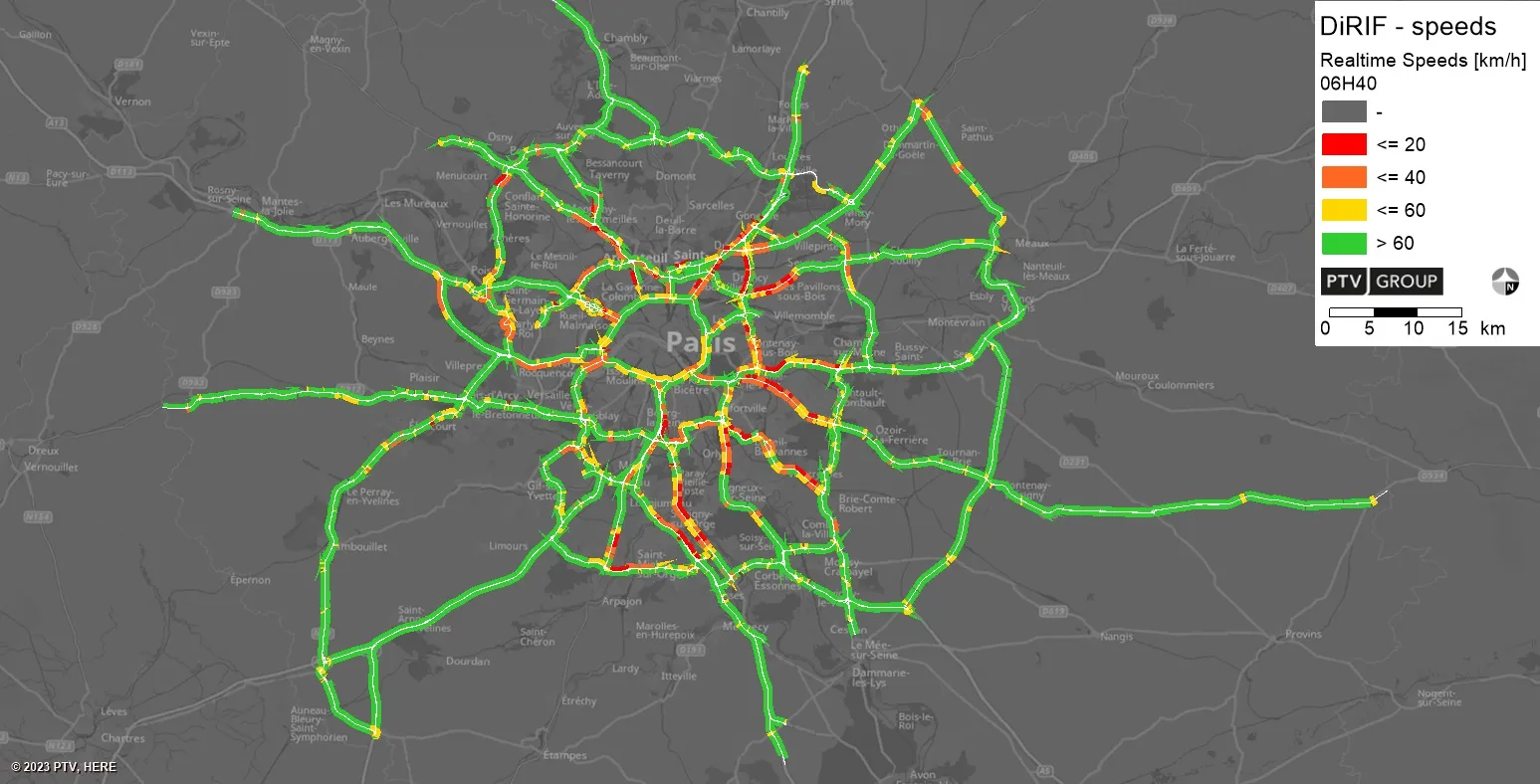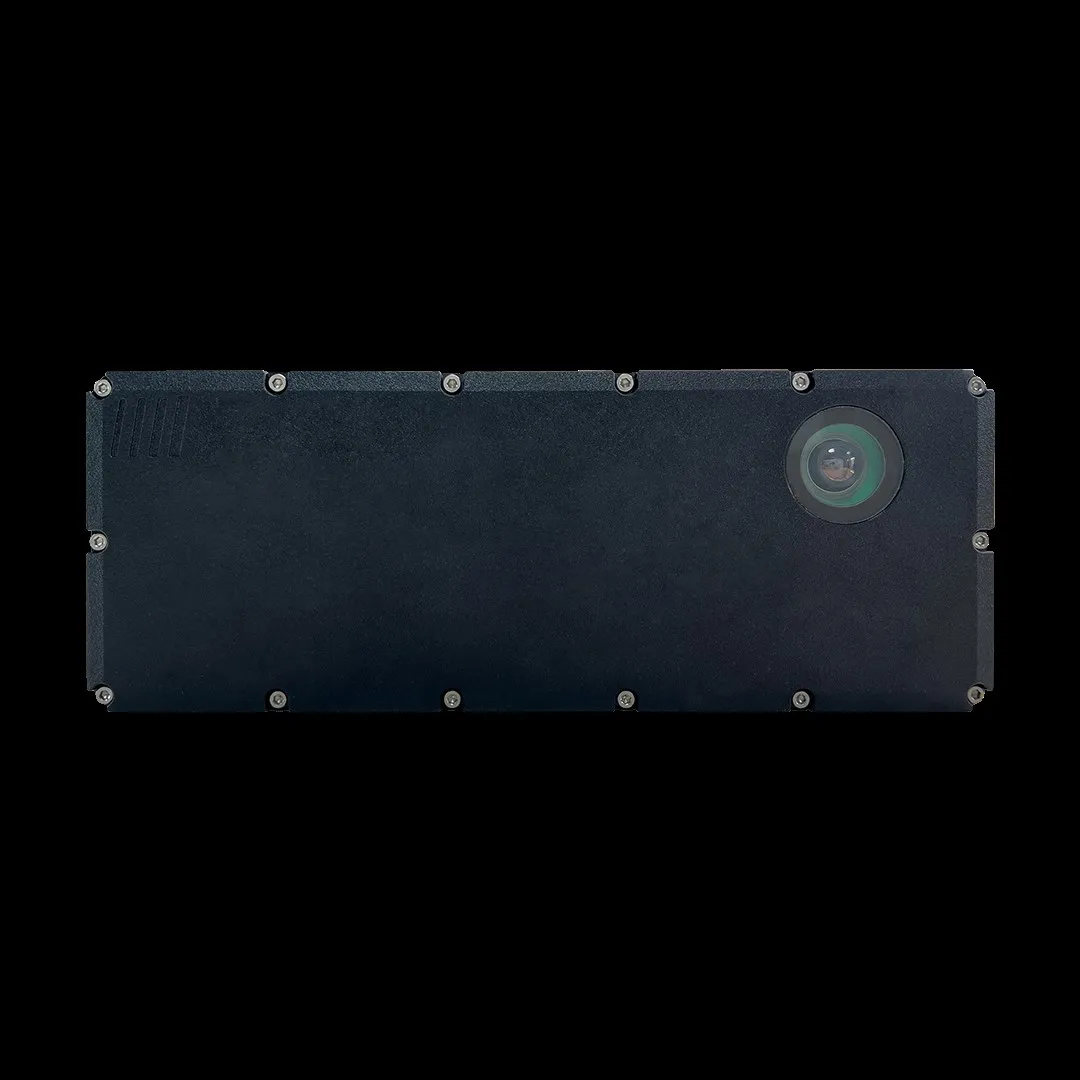TomTom has announced the European debut of its Localisation Demonstrator, a new demonstration device that leverages its HD Map and RoadDNA technology to provide accurate and robust lane-level localisation of a vehicle.
September 27, 2016
Read time: 1 min
The device, using sensors expected in autonomous vehicles, combines TomTom autonomous driving content with TomTom correlation software to demonstrate the precision of data and the ability to perform real-time lane positioning.
TomTom HD Map and RoadDNA are two highly accurate digital map products helping automated vehicles precisely locate themselves on the road and plan manoeuvres, even when travelling at high speeds.
TomTom will showcase the demonstrator at the Paris Motor Show this week.









